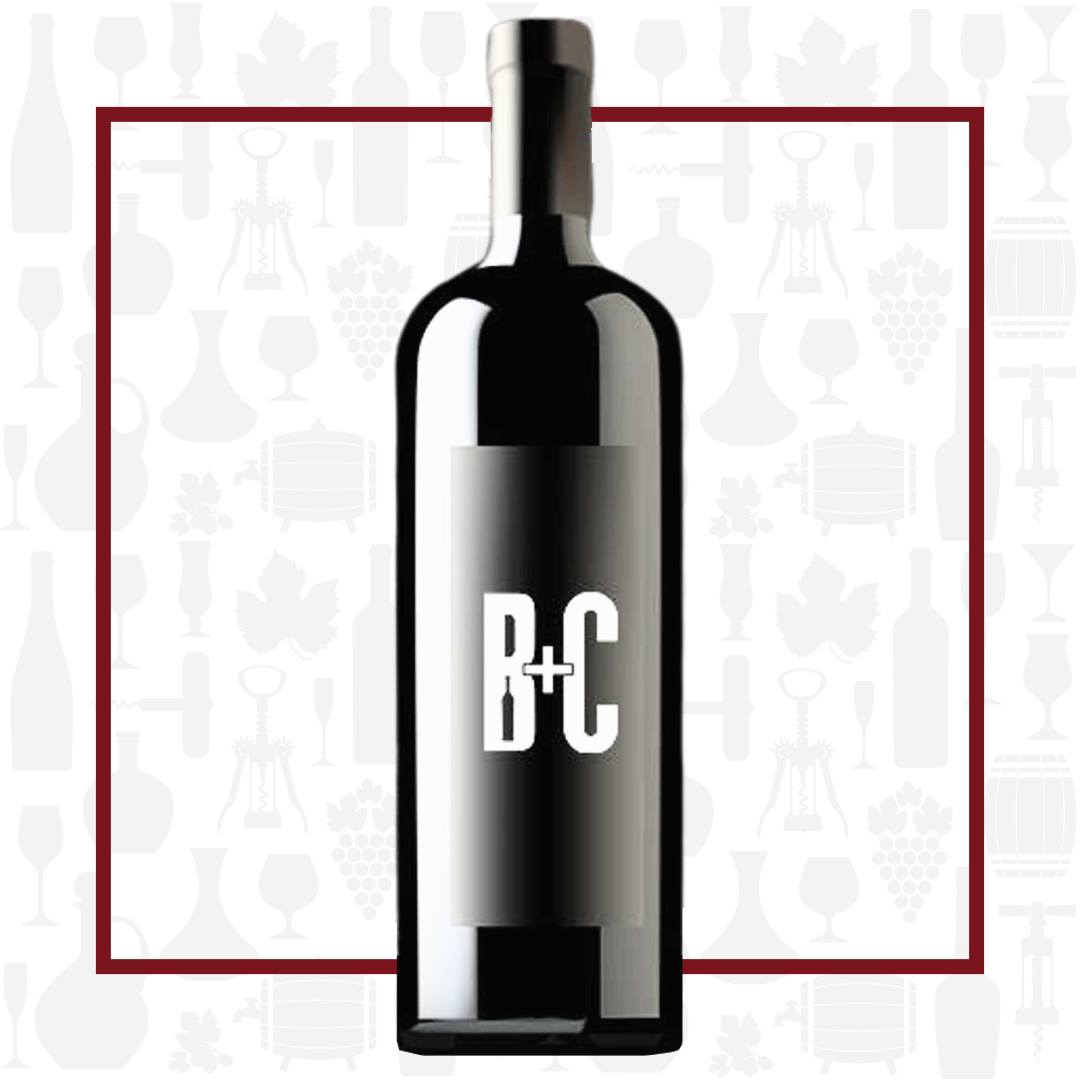Cellar Profile
For over 40 years, this family-owned winery has farmed the majestic slopes of the Brenta Dolomite Mountains, next to historic Lake Garda and at the foot of Castel Madruzzo. Growing on steeply-terraced slopes that require Herculean efforts and hand-harvesting, these wines are singular in style and a totally different experience from other Northern Italian regions. Some of these vineyards rise as high as 3500ft above sea level. Pravis has plantings of the autochthonous Nosiola, existing only in a few small parcels in this region and nowhere else in the world. There are an array of other aromatic whites, such as Kerner, Muller-Thurgau and Gewürztrmainer. The reds are exposed to intense daytime sunlight, as the Dolomites form a natural cloud barrier, with temperatures dropping dramatically in the evening. These diurnal shifts allow full phenolic ripening of the grapes, while retaining acidity and freshness. These are red wines of both power and elegance.
Region
Skaha Bench is a mountainous subregion of the Okanagan Valley, in the heart of British Columbia. The days here can be extremely hot, which allows for full phenolic ripeness. The glacier-fed Skaha Lake forms a protective microclimate bubble during the cool evenings, which helps maintain the acidity necessary for balance. This region, near Penticton, is home to some of the most iconic wineries in Canada.
Vineyard
Vistaridge Vineyard was the original estate vineyard. Set against the stunning backdrop of glacier-fed Skaha Lake and surrounded by snowcapped mountains, the soil is a mix of loose sand, silt and stone-free glacial sediment. The vines are planted north to south—to get the most of the midday sun—in the seldom-used Lyre trellising system.
Winemaking
Grapes are hand-sorted before being de-stemmed and crushed. Small batches are inoculated separately with select yeasts and undergo a temperature-controlled fermentation on the skins, with regular punchdowns. After fermentation is complete, the separate batches of wine are blended together for added complexity and then put into a combination of 75% French and 25% American oak barriques, 1/4 new. After 18 months in barrel, the wine is then aged a further three years in bottle before release.
Varieties
Cabernet Franc, originally from Bordeaux, is used in conjunction with Cabernet Sauvignon and Merlot to craft the elegant, ageworthy Claret known around the world. It also has a home in the Loire Valley, where it is lighter and fresher and generally bottled as a monovarietal wine. By controlling yields in the vineyard, it becomes elegant and spicy, with a true potential for aging. If cropped too high, or not given enough sun during the growing season, Cabernet Franc can give vegetal, green pepper notes. In better examples, that herbaceousness is tamed and the green pepper becomes more like roasted red pepper.
Tasting Notes
Loire Valley inspired Cab Franc. There is more heft than its French counterpart, but the brightness, tension and balance that are the hallmarks of Loire are very much present here. There is none of the stemmy green notes that can afflict inferior versions of this varietal. Ripe raspberry, black cherry and cedar flavours, with hints of cassis and pipe tobacco. Finely-structured with solid tannic structure, though the tannins are supple and not biting. Try this with takeout pizza, burgers or roast pork.

